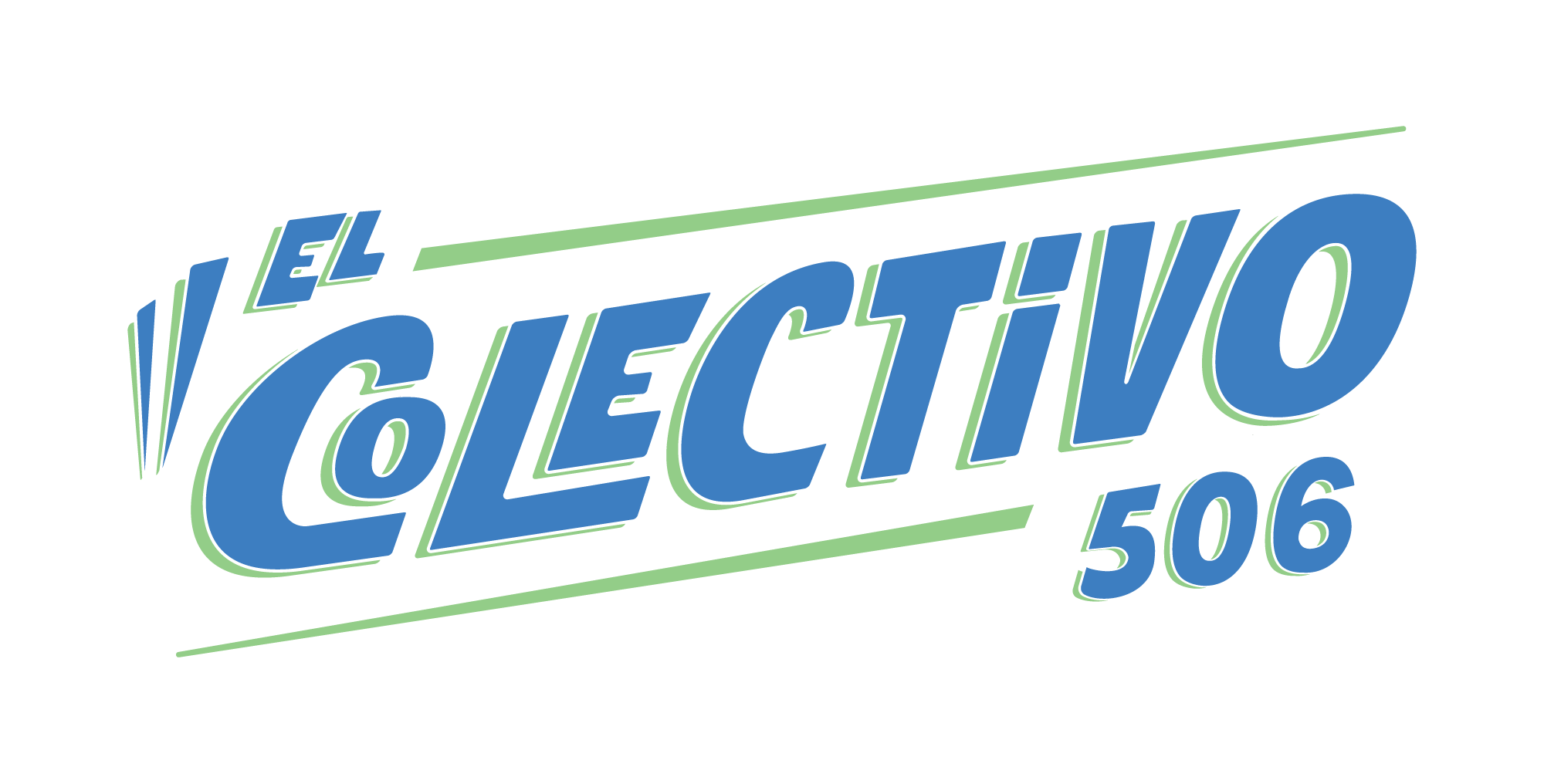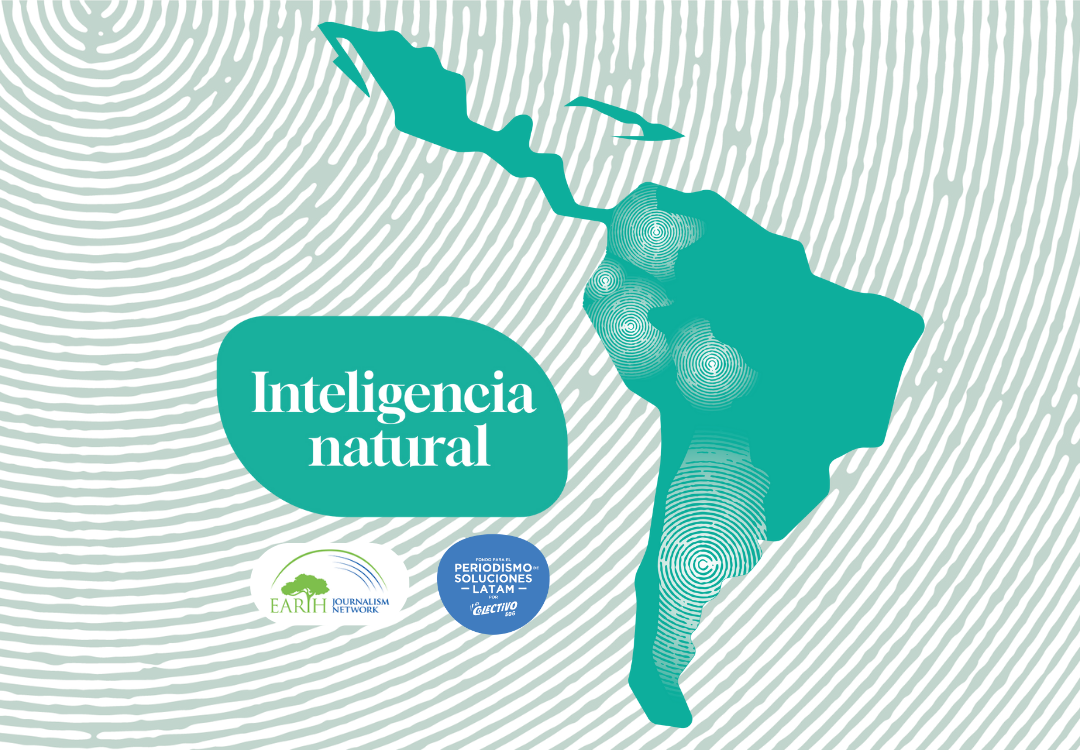On the Galápagos archipelago in Ecuador, a park guard watches petrels fly—a bird whose rising populations have helped restore balance and drive new tourism to island communities.
In the Bolivian Amazon, a group of men climb the trunks of açaí palms to harvest its fruit, using a method that allows Indigenous families to benefit from the sale of a coveted “superfood” while still protecting the forest.
On the coast of Colombia, communities in Cispatá Bay raise caimans and plant mangroves, creating sustainable projects that—in addition to restoring coastal ecosystems—are inspiring other towns to do the same.
In Piura, Perú, women create artisan products from totora, or cattails, that have thrived as local people have started to conserve the Santa Julia wetland.
In these and other corners of Latin America, 11 journalists have spent the past month using fellowships from the Latin American Solutions Journalism Fund—made possible by the Earth Journalism Network and its Biodiversity Media Initiative—to tell the stories of nature-based solutions to our region’s biodiversity loss crisis. Their multimedia pieces show how caring for ecosystems, while also understanding that humans and their livelihoods are part of those ecosystems, can result in improvements for human and natural wellbeing alike.
In this era of AI, these journalists are showcasing knowledge, skills, and resilience that goes deeper. Will you join them?
Welcome to “Natural Intelligence.”





